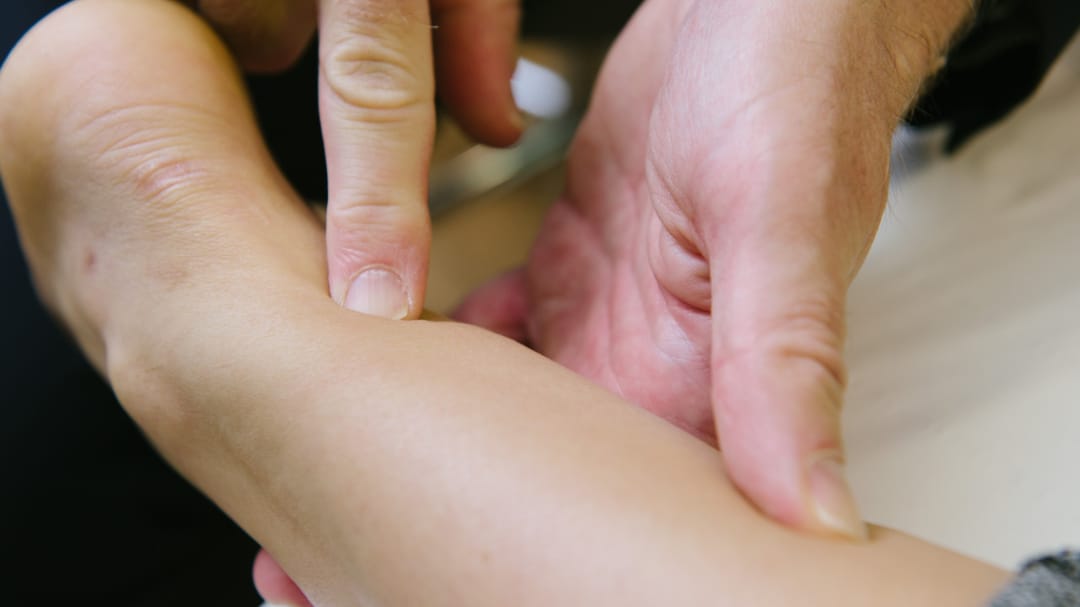Research: Ankle Sprains

Pure Sports Medicine
- 21 September, 2018
- Podiatry
- Pain Management
- 1 min read
Seah R, Mani-Babu S. Managing ankle sprains in primary care: What is best practice? A systematic review of the last 10 years of evidence. Br Med Bull.2011; 97(1):105-35.
Ankle sprains are a very common presentation in a sports medicine clinic. This review article summarises the research evidence from the past 10 years to guide clinicians on the best management practices for ankle sprains. Considerations in the review include common approaches to diagnoses and treatment, and potential methods of prevention.
Read more about managing or calling our Canary Wharf clinic.

Advice
Over the last 20+ years our experts have helped more than 100,000 patients, but we don’t stop there. We also like to share our knowledge and insight to help people lead healthier lives, and here you will find our extensive library of advice on a variety of topics to help you do the same.
OUR ADVICE HUBS See all Advice Hubs

